The new $700 million North Shore Wastewater Treatment Plant (NSWWTP) will boast what is considered one of the largest heat recovery systems in B.C. and push forward the drive by Metro Vancouver to turn waste into usable resources.
As well as heat recovery, the Dialog-designed facility will feature a co-generation plant and also provide public receiving space such as a main floor, plus a public plaza and a green rooftop at its North Vancouver site.
“It has always been our intent to use our wastewater resources as much as possible,” said Lillian Zaremba, P.Eng. and a senior project engineer in Metro Vancouver’s Utility Research and Innovations department.
Early in the facility’s design there was the option to collect five megawatts of heat from a portion of the wastewater treatment plant’s effluent for the Lonsdale Energy Corporation (LEC).
The heat recovery system, which uses a heat pump “the size of a school bus,” according to Zaremba, is also in line with Metro Vancouver’s mandate to become carbon neutral.
“It will displace fossil fuels,” she said.
The new plant will generate 75 per cent fewer greenhouse gas emissions than the existing treatment plant with the heat recovery system geared to reduce GHG emissions by 7,200 tonnes per year.
Zaremba said the recovery system is distinctive not only because of its size but also because of its capability.
The system collects heat from treated wastewater which averages 15 C.
“We run it through the heat pump and it transfers it from one unit to another (the LEC system),” she said.
The condensed heat from the pump can raise the water temperature of the LEC system up to 82 C.
The LEC system cycles hot water as a heat medium to the corporation’s customer buildings and spent hot water returns via the LEC loop to the heat pump at an average temperature of 50 C. It is reheated to the higher temperature before looping again around the LEC system.
“For every unit of electricity used (to run the pump), it can generate three units of heat. It is very efficient,” Zaremba said.
While the LEC is only utilizing five megawatts of heat, there is the potential to gain an additional 25 megawatts of heat from the effluent.
However, the new facility’s site, which is 3.5 hectares, restricts the ability to expand the recovery system.
However, the new facility, which replaces the outdated Lions Gate Wastewater Treatment Plant (LGWWTP) just over three kilometres away, has potential off-site.
Zaremba said as the treated effluent is directed back to the LGWWTP outfall pipe, there is the future potential to recover heat along the route.
The final facility design is nearing 90 per cent completion and is expected to be complete by fall 2019, however, early works have started with site prep and preloading done into the fall of 2018. Some excavation is currently going on and by spring construction of the actual facility is expected to start, said Metro Vancouver project manager Paul Dufault, P.Eng.
A portion of site preparation included driving over 3,700 stone columns to densify the soil for improved seismic performance, prior to preloading the site. The work was done by Menard Canada and Henry Drilling.
The NSWWTP is required to be operational by 2021 as it will take over primary and secondary treatment from the LGWWTP, which is only a primary facility. Under new federal regulations, primary facilities must be upgraded by Dec. 31, 2020. Currently, the LGWWTP discharges into the Burrard Inlet.

Acciona Wastewater Solutions LP was awarded the $525-million design-build-finance contract for the NSWWTP in April 2017 for Metro Vancouver’s Greater Sewage and Drainage District (GVS&DD). Tetra Tech and the Wood Group engineering firms are involved in the design. The option of the heat recovery system is estimated to cost another $16.9 million. GVS&DD will fund the construction costs for the heat recovery plant ($6.9 million including provincial and federal grants), while LEC will pay for the construction costs of installing a kilometre of heat distribution piping that will transfer the heat from the plant to LEC’s district energy system at a cost of $3.5 million. LEC will also cover all future operating and maintenance costs of the heat recovery system.
Dufault said Acciona has a website where prospective contractors wanting to bid or work on site can register. Metro Vancouver’s team includes AECOM, Golder Associates and Louis Berger, while FVB Energy Inc. served as consultants on the recovery system.
The project also includes the construction of a line to take untreated effluent to the NSWWTP from the site of the old Lions Gate facility and then another line returning treated effluents, with 95 per cent of the bacteria removed, to the existing outfall. The North Shore Conveyance Partners (team lead: Kenaidan Contracting and pipeline/tunnelling company Michels Canada) were successful in winning the $141-million contract to design-construct-finance the initiative, which will handle water from the District of West Vancouver, the Squamish nation, a portion of the District of North Vancouver. The project also includes new gravity trunk sewers, a new pumping station located under the Lions Gate Bridge and a new forcemain from the First Narrows pump station to the NSWWTP. The new pumping station will be located near the existing LGWWTP. The conveyance project design is by WSP Engineering.
Dufault said all the projects come with challenges.
For the NSWWTP, it is the site.
“It is small,” he said, as a building of this type is usually placed on larger parcels of land than the 3.5 hectares and are usually sited further from residential areas. The facility, as well as providing the heat exchange system, takes care of primary and secondary treatment plus utilizes a co-generation system using biogas from digesters to provide 30 to 40 per cent of the electricity to the plant. In order to provide the needed room for staff and maintenance, the facility is multi-levelled.
There was also the mandate to design a structure that integrates into the community. The close proximity to residents also impacts smell.
“We have very strict odour control in this facility as a requirement,” he said, adding any emissions from the plant go through a stack and odours are removed.
“On the conveyance side, it is working with multiple property owners,” Dufault said, as there are some areas where the line runs close to infrastructure such as the CN Rail line. On April 20, 2018, a project permit was issued to Metro Vancouver for the conveyance as it involved federal lands and waters managed by the Vancouver Fraser Port Authority. The permit was approved but came with 59 permit conditions to negate adverse environmental effects
“These are long linear projects and there is a lot of pipe involved,” he said, adding a range of pipes need to be placed, including a 1200 millimetre diameter tunnel section, a 2100 millimetre steel tunnel section, a 900 millimetre slip line through the existing sewer and 750 millimetre open cut sewer placement.
“We have everything on this one job,” he said, including a pumping station that will be 12 metres underground.
Dufault said once the new system is up and running, the final contract to demolish the old Lions Gate primary treatment plant will be let. The LGWWTP is the oldest operating plant in the Metro region.
There are approximately 250 contracts involved in the project with many still available as well as the heat recovery system. Interested parties wanting to work on the project can register their interest by emailing procurement@accionadbjv.ca.
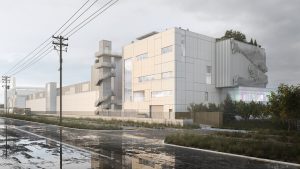


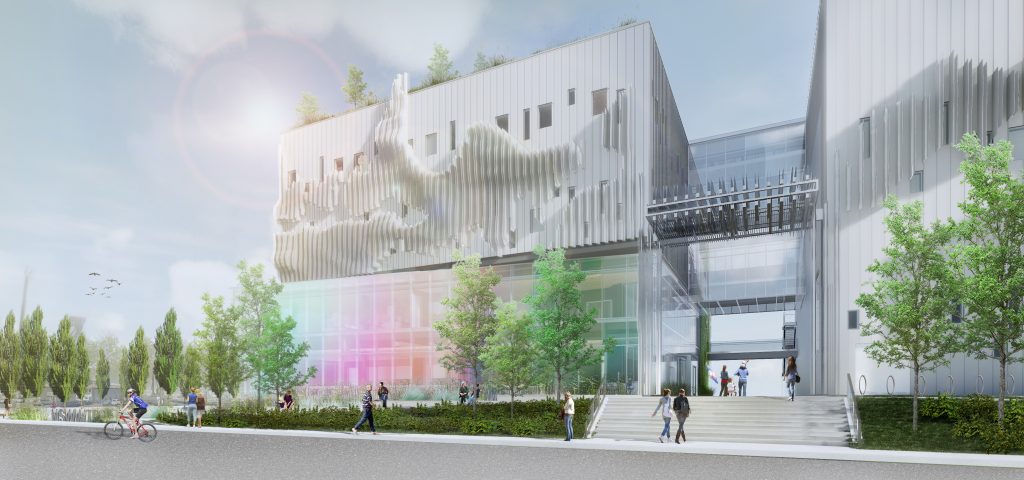




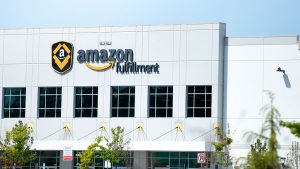
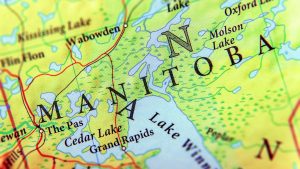
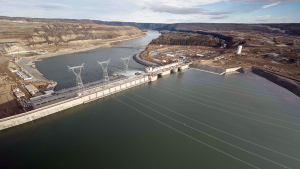
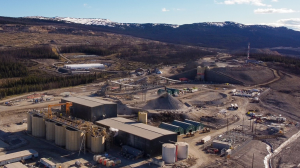
Recent Comments